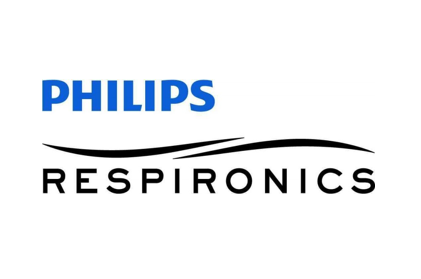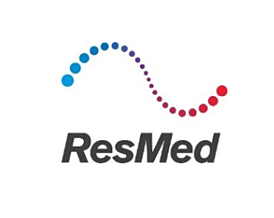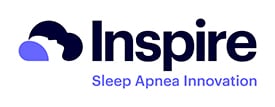Why Sleep Education Is Crucial, an Interview with Cheryl Memmini, RRT, RPSGT, CCSH

This is part five in a six-part series on the evolution of the sleep technologist role. AAST has engaged professionals from across allied healthcare to address, from their perspective, the value of collaborating more closely with sleep technologists and/or incorporating the discipline into their area of health. In this installment, meet Cheryl Memmini.
谢丽尔Memmini foreve已经在卫生保健”r and a day,” but it wasn’t until 1995 that she began working in the field of sleep. That year, she started working at Centegra Health System in their Sleep Services department, where she is currently a clinical sleep therapy specialist. Her main role is education-focused; she initiates patient therapy, performs lectures and holds hospital events to promote sleep health, among other responsibilities.
Above all else, Cheryl emphasizes patient education. “For example, we’re dedicated to making the patient understand why they need their CPAP machine, what led us here and what the machine is going to do for them. We want them to understand what OSA is — why the airway collapses, what that does to their body/mind/life. We go over their sleep study results with them and explain what their AHI means, how severe their apnea is and what is going on with their oxygen levels while they are sleeping. We emphasize the negative outcomes of untreated OSA and the positive physical and mental outcomes of treating sleep apnea. We say, ‘If you don’t use it, this is the predictive course,’” she says.
While that might sound harsh, Cheryl says that educating honestly is the best approach to compliance. Most patients generally want to improve their health and life, and when they fully understand why treatment is necessary and beneficial, they are far more likely to follow through with therapy and overcome some of the difficulties that can come up while they are acclimating to PAP use. Ultimately, it works because “we show patients what they are doing to help themselves, versus telling them ‘this is something you have to do,’” she says.
It is important to engage the patient in their own care, and encouraging them to follow their own results on MyAir or a similar app really makes them an advocate for their own health, especially when they understand how those numbers/symbols they see actually affect their health and how they feel in their day-to-day life.
However, it’s not just patient education that matters, Cheryl says. It’s crucial that the public knows why sleep health is important and what they can do on an everyday basis to improve their sleep health.
“People laugh about only getting six hours of sleep and think that’s enough, but it isn’t, and we explain why. The public is more aware currently about the importance of diet and exercise on their physical and mental health but are not aware about the importance of good sleep habits. Sleep has been the neglected part of health, but that’s changing,” she says.
That change is encouraging, but Cheryl hopes to see roles like hers at Centegra expand. The more sleep professionals there are out there, the more quality information can reach the public about the importance of healthy sleep. Sleep health is critical to physical and mental health, and if it is neglected, a person’s health will suffer because of it. Insomnia is a huge health problem and, when chronic, can have many of the same negative outcomes as untreated OSA. The public needs to understand that good sleep in both quality and quantity is vital to their health. So many people have no idea that some simple changes in their bedtime/sleep routine can improve their sleep tremendously.
“Every time I do a lecture to any audience about sleep, whether it be about healthy sleep, OSA, CPAP, the differences in sleep with aging, or any sleep-related topic, the question-and-answer portion tends to be lengthy, as people are very curious to understand how something they do every night has such an effect on their entire life. They ask questions for themselves, their partners, children, friends and relatives. They are very interested to learn how their sleep not only affects their health and well-being, but the people around them, as well,” Cheryl says. “They say things like ‘Why did I never hear this before?’; “Why is this information not out there’; and ‘Where/how do you get treatment for a suspected sleep disorder?’ Of courseweknow the information exists and is out there, but as sleep professionals it is up to us to get the information to the people who need it: patients, other healthcare professionals and the public in general.”
If we can get to people early enough, Cheryl says, we can decrease the chances of them developing disorders like CHF and atrial fibrillation. The health care system spends billions of dollars treating disorders that can possibly be prevented or kept in check with early preventative knowledge and treatment. “It is more than time for sleep health to be a vital part of the education the public gets on their personal health and well-being,” she says. “I love being one of the people out here spreading the word about sleep health and sleep disorders and look forward to the time that people are as understanding of the importance of their sleep health as they are about the importance of the other parts of their health.”







